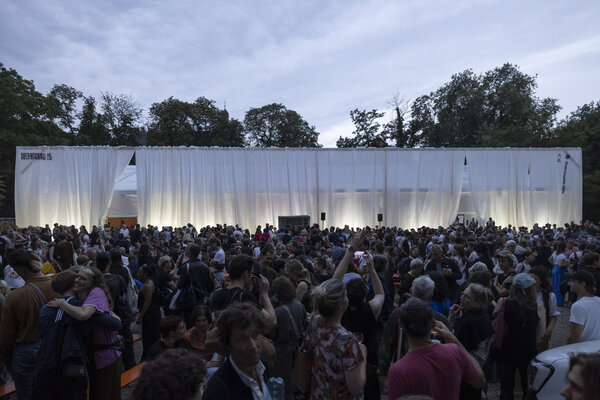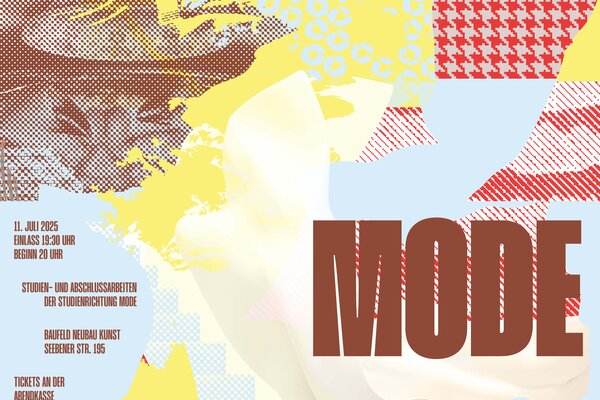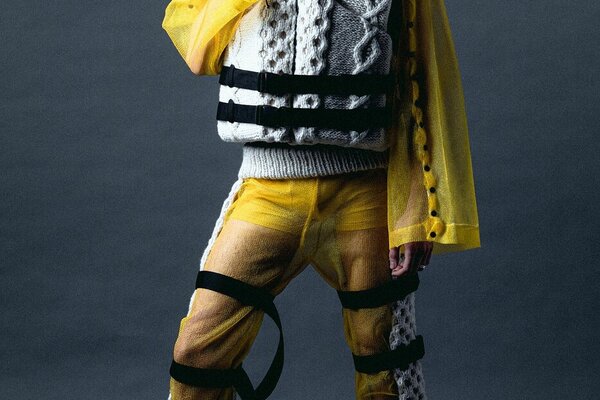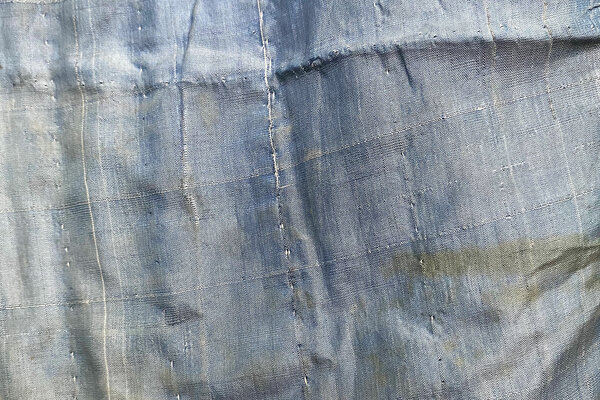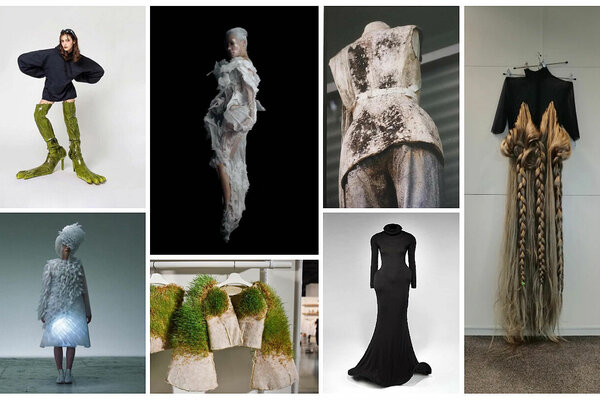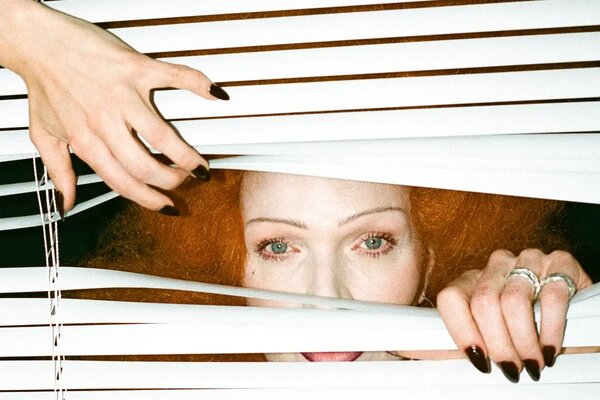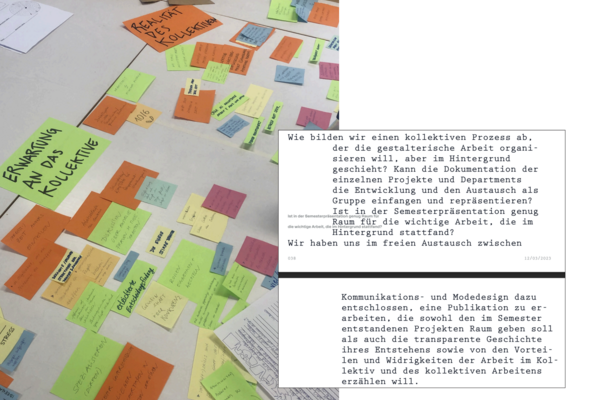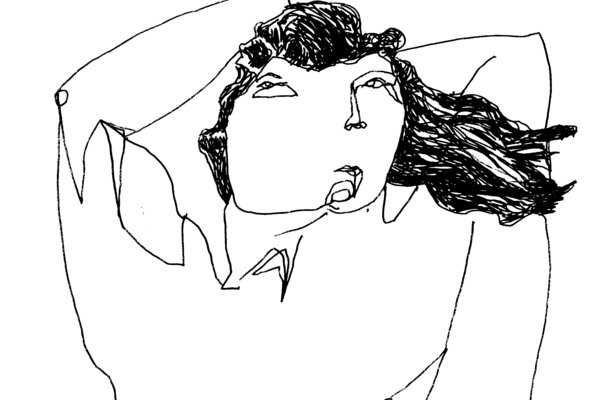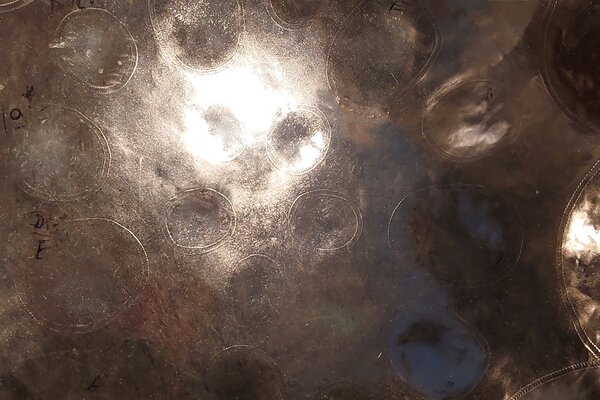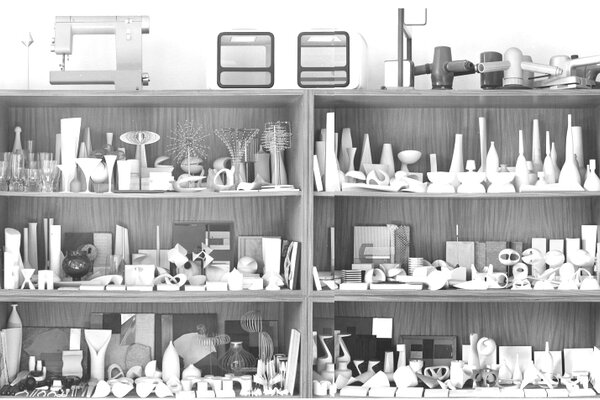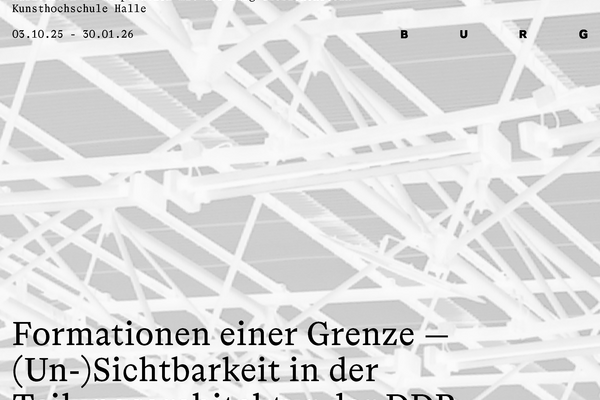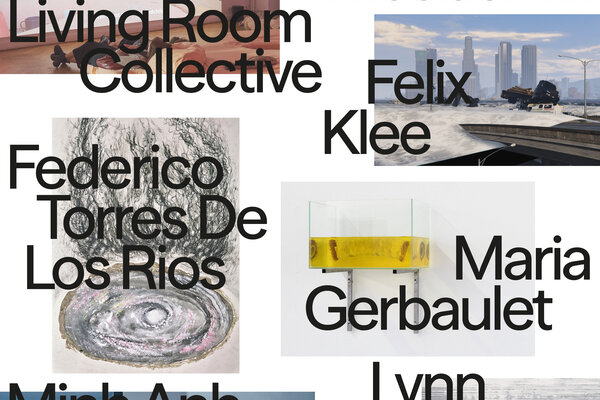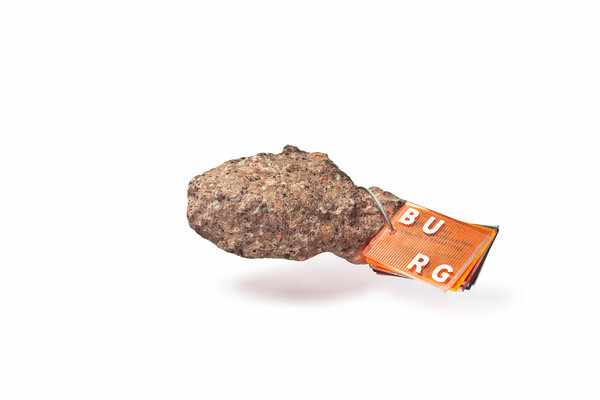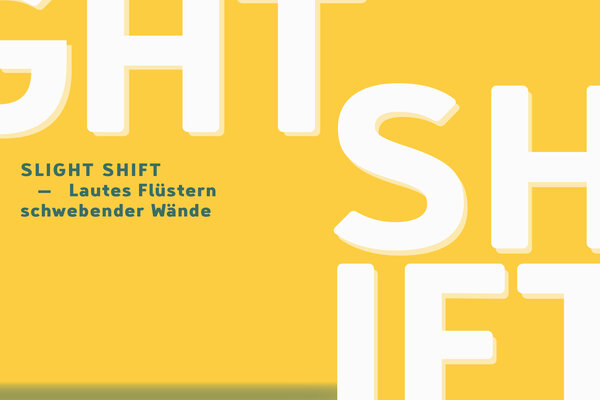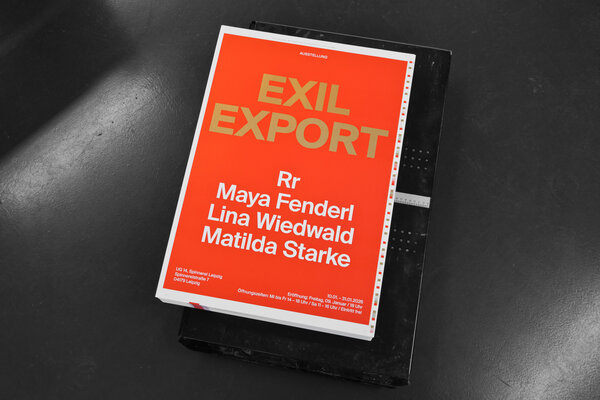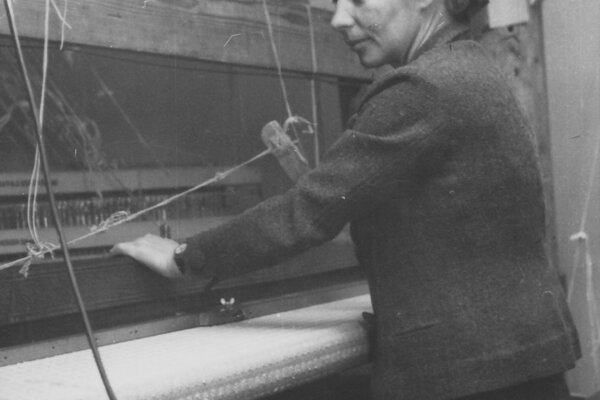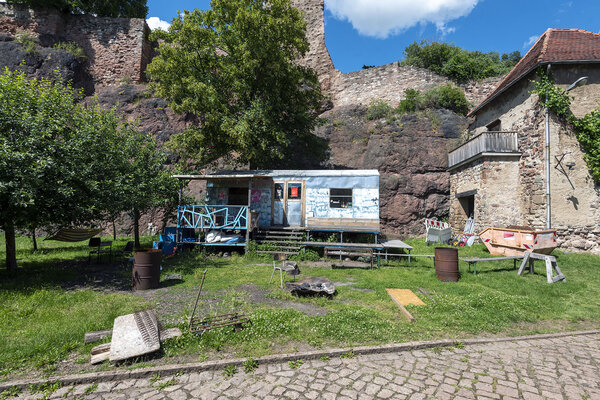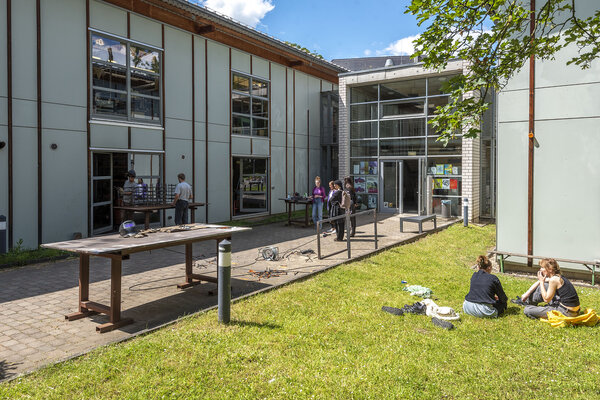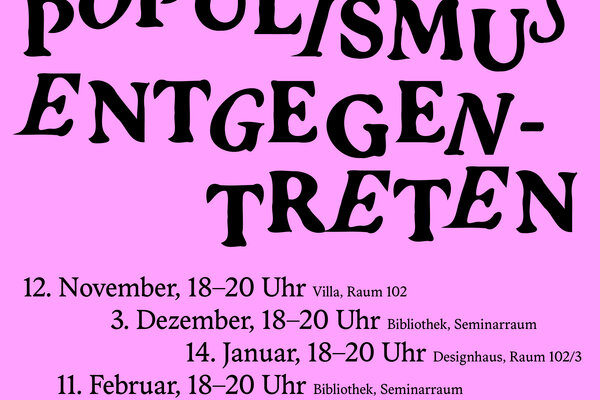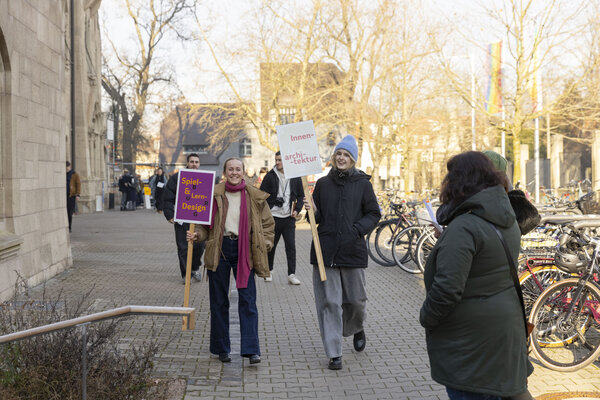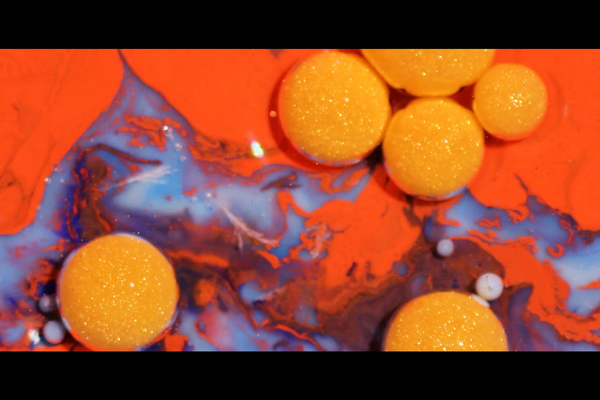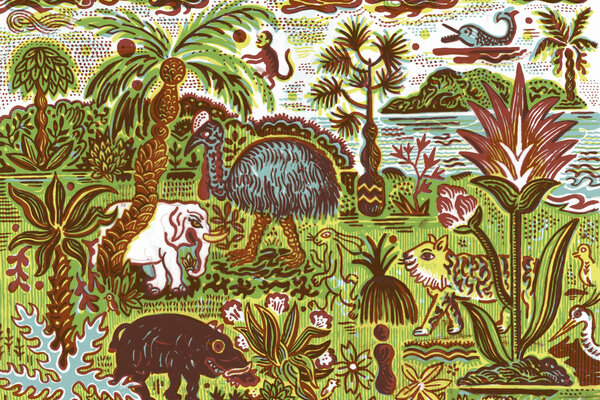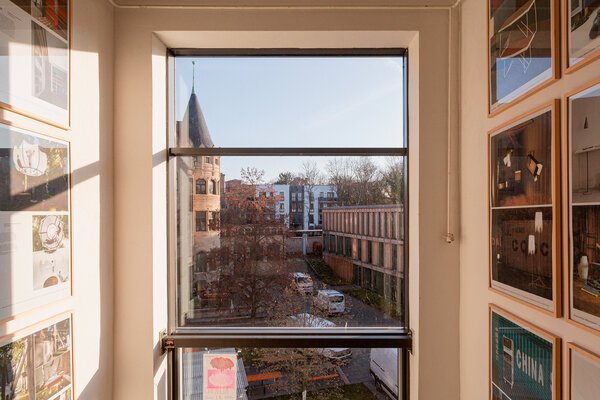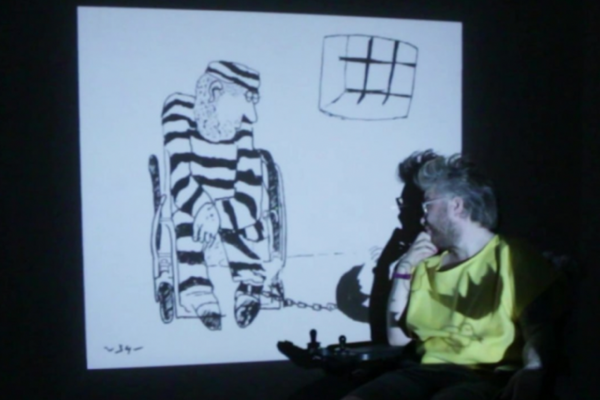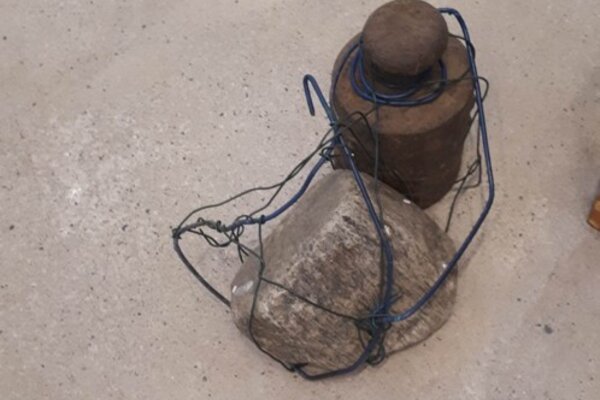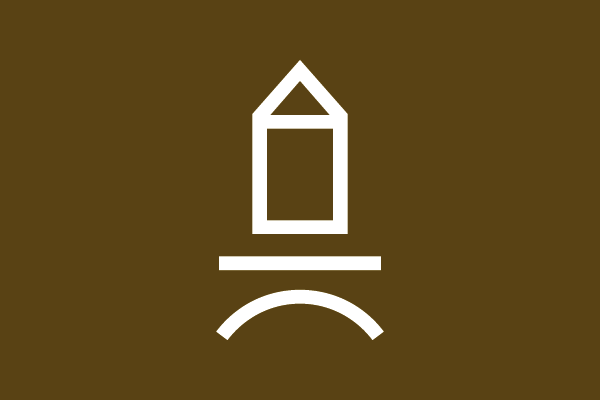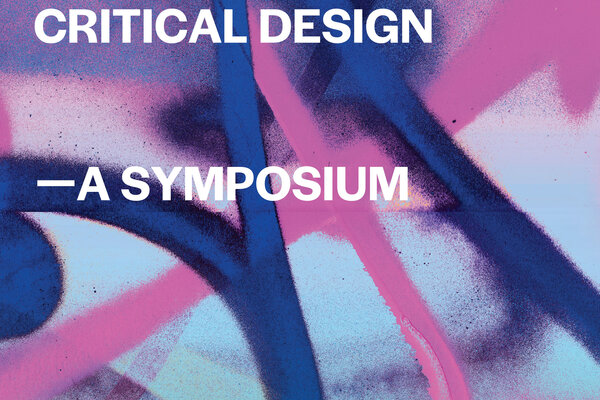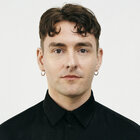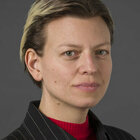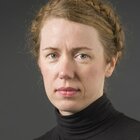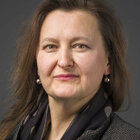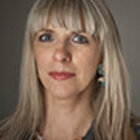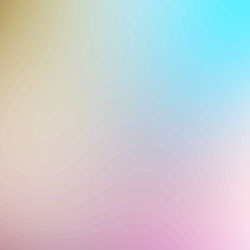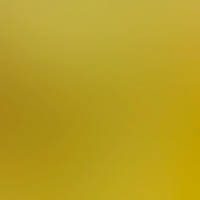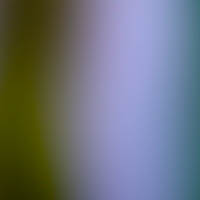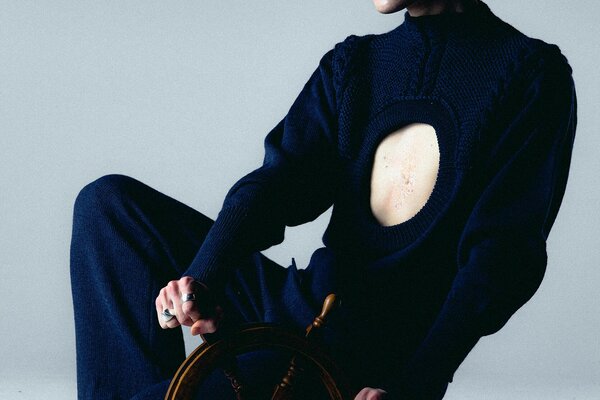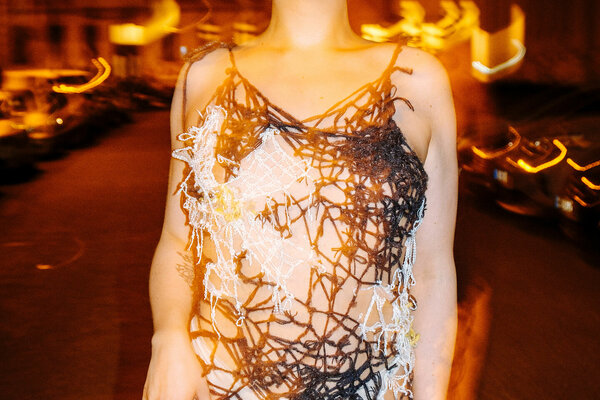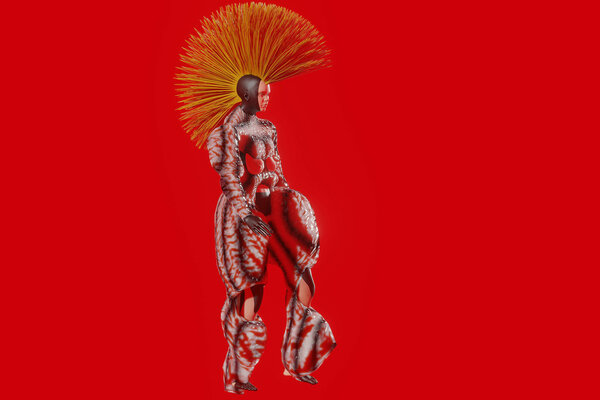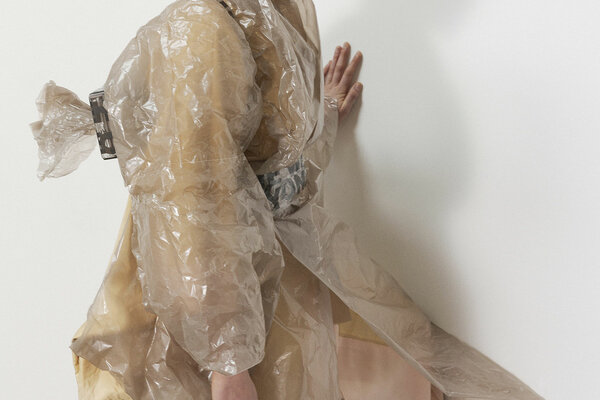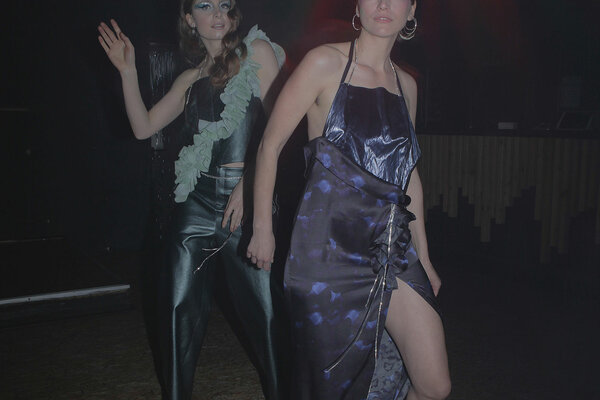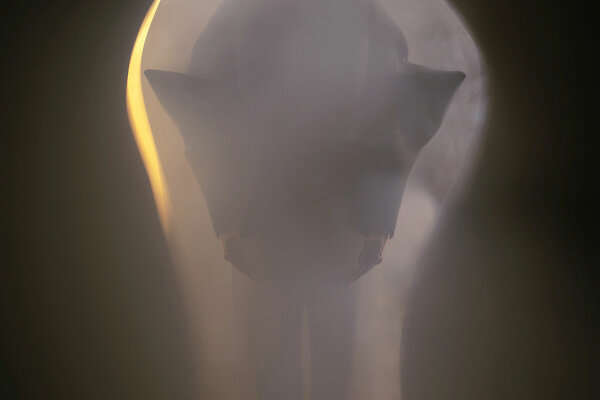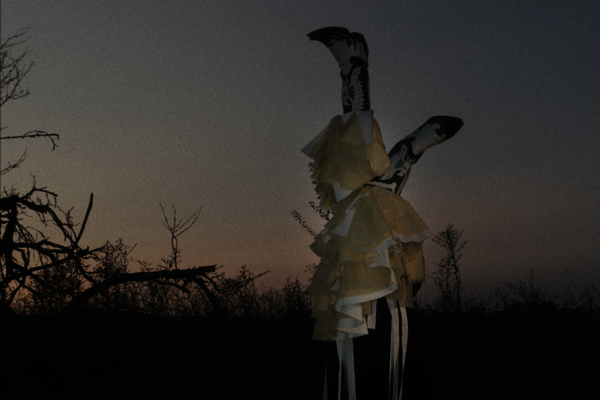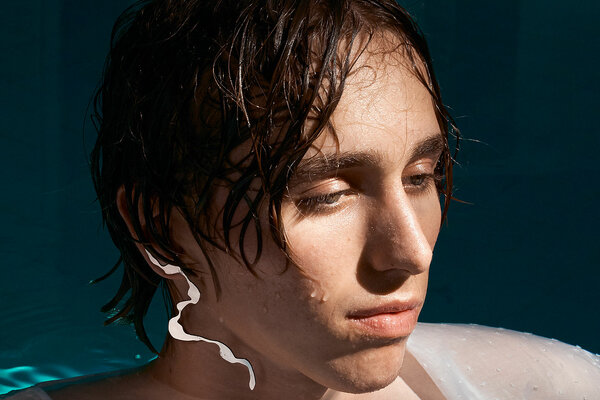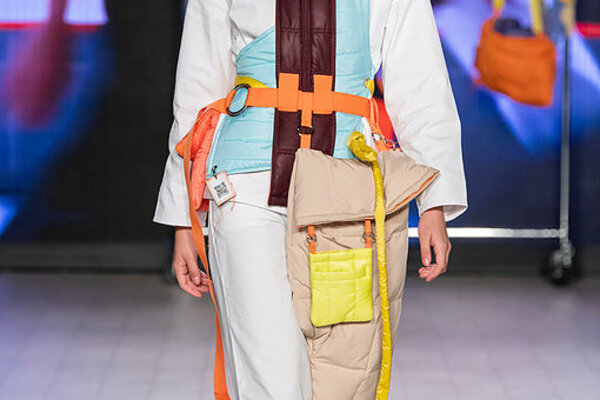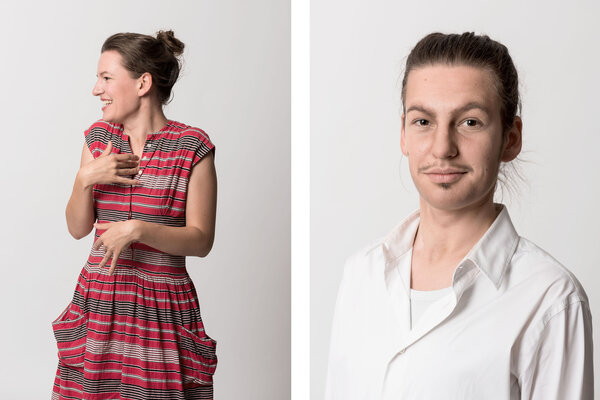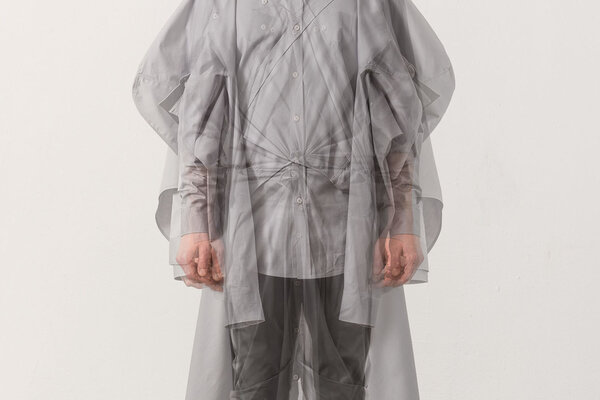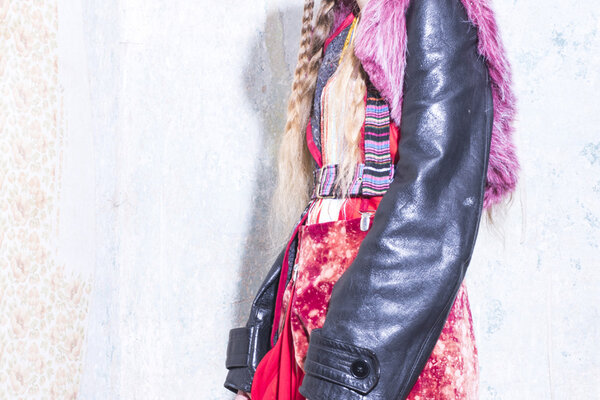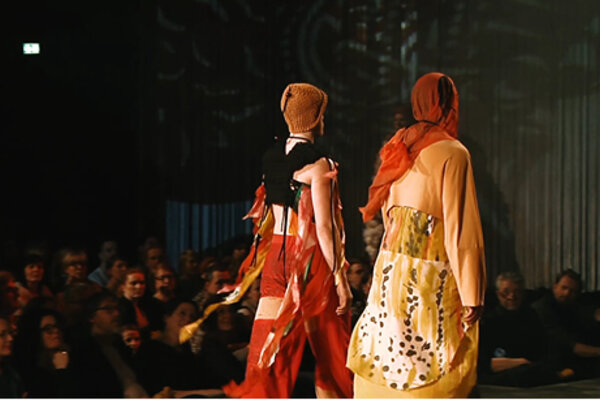“Fashion can help in finding yourself, in presenting the authentic nature of your internal and external self. Fashion that stands up on its own and is nonetheless in unity and harmony with the body. Fashion that you feel content and secure in, that exists independently of bodily forms. The perfect exterior form is secondary; important is the feeling of oneself in one’s own body. Not reflection on the observation and evaluation of others, but instead personal sensation and enjoyment, and fashion as a medium to achieve this.”*
Reality, fiction, inspiration, authenticity, chance, body… in fashion design, these terms are intertwined, are in dialogue with one another, are in motion, and they determine and explain each other. The most important element in this simultaneous coexistence is the manner of the individual rapprochement with the concept: clearly structured methodical approaches and chance as discovered in experiments will both be included here. A collection is thus not just the result of a concept, but is rather part of a process where consideration of the phenomena identified above is stimulated in many different ways: whether through a “mood board” while working on a form idea for a cut design or through the sit of a material, a passage of text, a film, a piece of music… controlling this process and guiding it towards an end product is more than performance; developing one’s own perspective here and harnessing research, experiment and chance as sources of inspiration are the building blocks for training in professional clothesmaking.
* Approximate translation of excerpt from Franziska Bähring’s thesis






